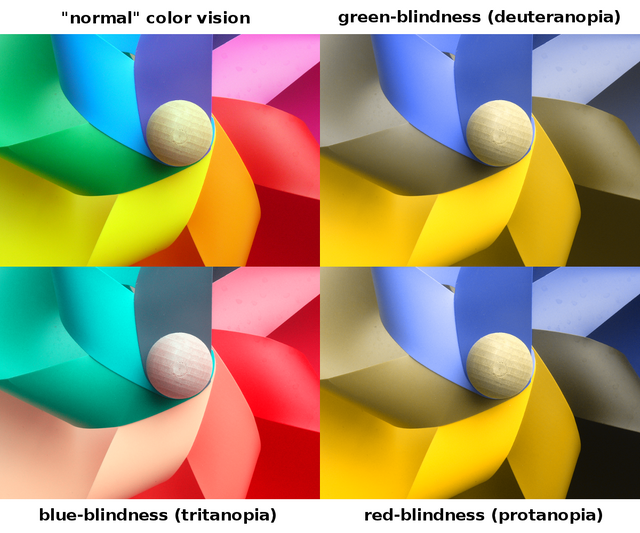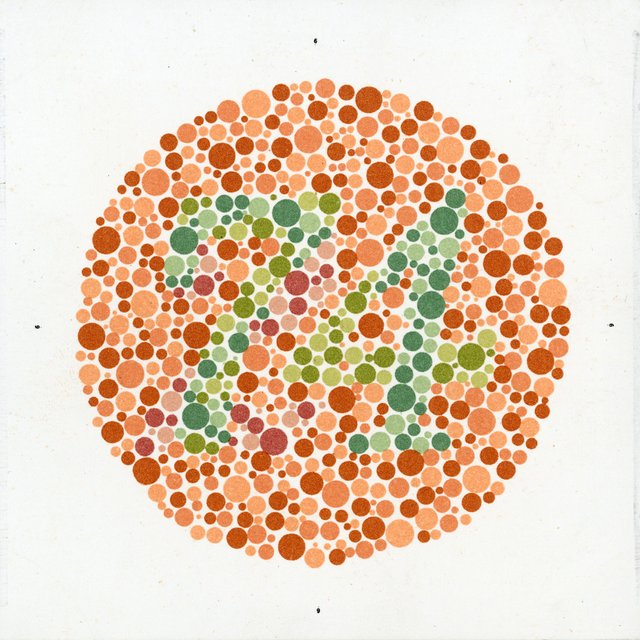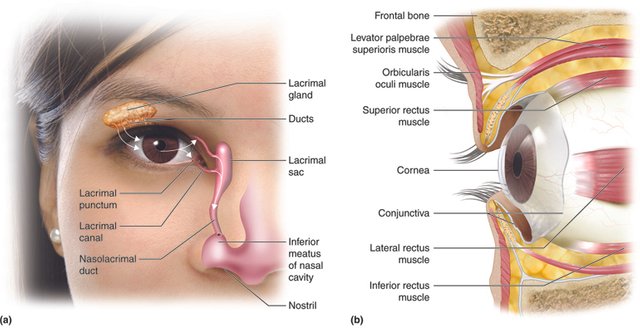What causes color blindness?
Color blindness is a condition that affects how you see colors. You can’t tell some colors apart if you have color blindness, such as red and green or blue and yellow. Color blindness can come from your genes or from something else and it can have different levels of severity.

Source
We will discover the sources of color blindness and how to find out if you have it in this post.
What causes color blindness?
Color blindness is usually caused by a genetic disorder that impacts the cones in your retina. Cones are the cells that help you see colors by responding to different wavelengths of light. There are three types of cones: red green and blue. All three types of cones work properly if you have a normal color vision. But you may have one or more types of cones that are absent or faulty if you have color blindness.
There are different types of inherited color blindness depending on which cones are affected
- Red-green color blindness: This is the most frequent type of color blindness. People with red-green color blindness struggle to differentiate shades of red and green. They may also confuse some shades of yellow brown orange and purple. Protanopia (no red cones) and deuteranopia (no green cones) are both kinds of red-green color blindness.
- Blue-yellow color blindness: This is a rare type of color blindness.It impacts around 0.5% of men and women. People with blue-yellow color blindness have trouble distinguishing between shades of blue and yellow. They may also confuse some shades of green purple pink and gray. There are two subtypes of blue-yellow color blindness: tritanopia (lack of blue cones) and tritanomaly (reduced sensitivity to blue light).
- Complete color blindness: This is a very rare type of color blindness. It impacts fewer than 0.01% of people. People with complete color blindness cannot see any colors at all. They only see shades of black white and gray. This condition is also called achromatopsia or monochromacy.
Inherited color blindness is usually present from birth and does not change over time. Males have it more often than females because they only have one copy of the X chromosome which is often related to it.
Color blindness can also result from damage to your eyes or your brain. This may be due to :
- Glaucoma, macular degeneration, cataracts or diabetic retinopathy are some eye conditions.
- Brain injuries such as stroke tumor infection or trauma
- Medications such as some antibiotics antihistamines anti-seizure drugs or chemotherapy drugs
- Aging which can affect the lens and the retina

Source
Acquired color blindness can develop at any age and can vary in severity and duration. It may affect one or both eyes and may improve or worsen over time.
How to diagnose color blindness?

Source
You should visit an eye doctor for testing if you think you have color blindness. An eye doctor can perform various tests to check your color vision and determine the type and extent of your color deficiency.
One of the most common tests for color blindness is the Ishihara test. This test consists of a series of plates that contain colored dots arranged in patterns or numbers. People with normal color vision can see the numbers clearly while people with color blindness may not see them or see different numbers.
Another test for color blindness is the Farnsworth-Munsell 100 hue test. This test consists of arranging 100 colored caps in order according to their hue (color). People with normal color vision can arrange the caps accurately while people with color blindness may make mistakes or take longer to complete the task.
Other tests for color blindness include the anomaloscope test which measures how well you can match colors using a device that mixes red and green light; the Cambridge colour test which uses a computer screen to display colored shapes that vary in brightness and saturation; and the lantern test which uses colored lights to simulate real-life situations such as traffic signals or navigation lights.
Some treatments can help you live better and manage your condition, but inherited color blindness has no cure. These include:
- Special glasses or contact lenses that enhance contrast or filter out certain colors
- Visual aids such as apps software or devices that can help you identify or label colors adjust the color settings on your screen or convert colors to sounds or vibrations
- Education and awareness about your condition and how to adapt to different situations that require color recognition
- Support and counseling from your family friends or professionals who can help you cope with any emotional or social challenges that may arise from your color blindness
If your color blindness is caused by an eye disease or a brain injury treating the underlying condition may improve your color vision. However this is not always possible or effective. In some cases surgery or medication may help restore some color perception. The best treatment options for your case depend on your eye doctor’s advice.
Color blindness is a common and usually harmless condition that affects how you see colors. It can be inherited or acquired and it can vary in type and severity. If you have color blindness you should get tested by an eye doctor and seek treatment or assistance if needed. Color blindness does not have to limit your life or your potential. You can still enjoy many activities and pursue your goals with color blindness. Coping with any challenges that your condition may pose and being aware of it is all you need to do.
Reference1
Reference2
Reference3
Reference4

Thank you, friend!


I'm @steem.history, who is steem witness.
Thank you for witnessvoting for me.
please click it!
(Go to https://steemit.com/~witnesses and type fbslo at the bottom of the page)
The weight is reduced because of the lack of Voting Power. If you vote for me as a witness, you can get my little vote.